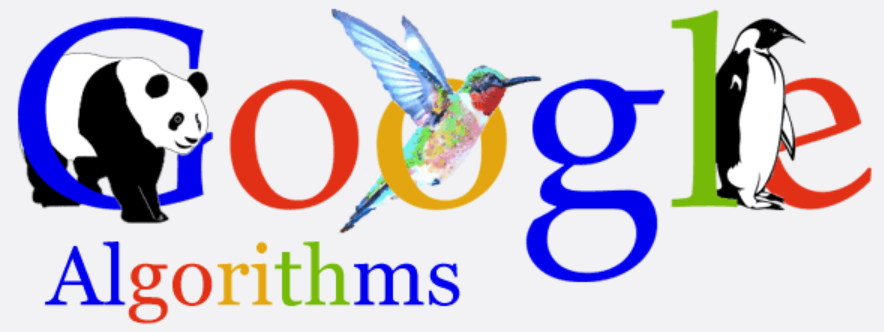
“Information is power. Disinformation is abuse of power” – Newton Lee
The internet is an indispensable tool in our daily living. While the abounding benefits of the internet are undeniable, it has facilitated the dissemination of disinformation, some of which have dire consequences to companies and individuals’ image.
Trolling behaviors are defined as deliberate, deceptive and mischievous attempts engineered to elicit a reaction from the target(s), are performed for the benefit of the troll(s) and their followers and may have negative consequences for people and firms involved. (Golf-Papez & Veer 2017). While many provocateurs are simply instigating arguments for entertainment, there are some with more malignant intent – tarnishing reputations by trash-talking, engaging negative word-of-mouth, and misrepresentation of information. Here is a list of common internet trolls that marketers need to watch out and deal with.
Artificial Troll
Bot farms created to leave negative feedback and comments on forums and advertisements.
Some of these comments may seem irrelevant to your content, so no response is needed. Delete and block artificial trolls as you spot them.
Mindless Accuser Troll
People who make harsh comments and/or accusations that can tarnish the brand image. They may leave negative threads about you despite not having bought products or worked with the brand.
If these comments are abusive or hate-based in nature, simply delete and block. If the comments are about products or the integrity of the brand, then respond rationally and tactfully in a calm manner.
Angry Customer Troll
These are customers who have brought up their dissatisfaction on forums and communities, either because they struggled to get any response, or simply were unhappy with the purchase.
This is an opportunity to build your brand equity and credibility. Reply with empathetic concern. With appropriate and desirable commenting, a service recovery paradox may occur, and your customer conversion rate may go up!
The Troll Repellent

The best way of handling trolls is to halt them in their tracks before they went rampant. The ‘troll repellent’ refers to the code of conduct, which can be invoked when forum members step out of line. The common code of conduct entails: 1. Provocative comments will be removed 2. Users who breached the code will be given a stern warning 3. If disruptive actions persist, the user will be removed.
Have you came across any internet trolls? How do you handle them? let me know your thoughts and views below!
Word count: 399




